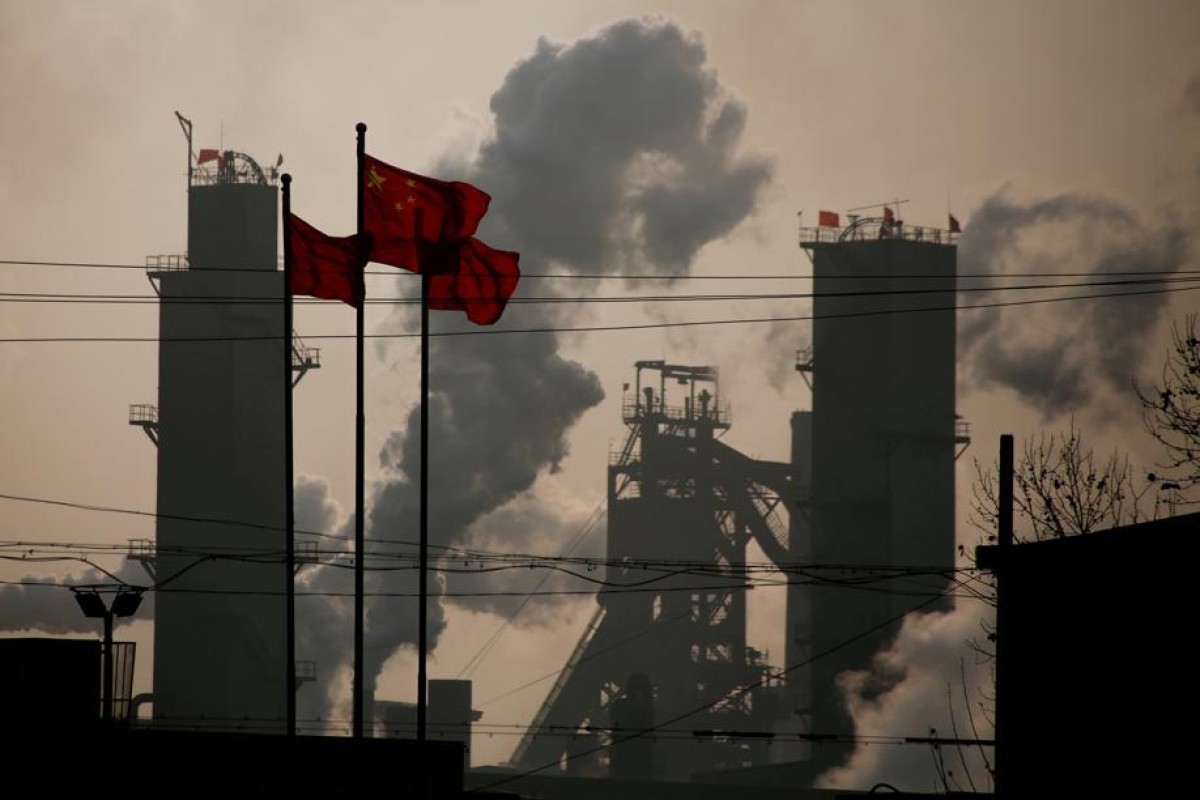
How financial markets could be the solution to getting climate change under control
Although our survival depends on battling climate change, we have yet to come up with a global plan to reduce greenhouse gas emissions

 Markets can be used to shore up the environment and prevent further damage.
Markets can be used to shore up the environment and prevent further damage.Climate change, if not brought under control, could pose a serious threat to humanity. Reducing its effect remains among the most important problems our society faces today.
Many people criticise the financial markets, and the consumerist culture they are accused of fostering, for making the release of harmful greenhouse gases worse. Indeed, there is no doubt that our modern market economy causes huge environmental damage. But markets could be the solution, too. In this article, I will explore how markets can be used to shore up the environment and prevent further damage.
What is the link between the economy and excessive pollution?
Excessive pollution is caused by the divergence of interests between society and economic agents. When polluters are allowed to operate without paying a monetary price for the environmental damage they cause, their desire to maximise profit results in the generation of more pollution than is socially desirable.
In economic terminology, this means the private marginal cost of production is lower than the social marginal cost – the burden of pollution created by a single offender falls upon society, not upon the offender.
The solution is straightforward: force emitters to pay for emissions to ensure private costs match social costs. This can take two forms (or a combination of them): tradeable permits and emissions taxes.
Tradeable permits, often known as cap-and-trade systems, work roughly as follows: a regulatory authority determines an upper limit for emissions, grants a corresponding number of emission permits, distributes them to economic agents, and then facilitates trade in those permits between emitters. On the other hand, emissions taxes involve the regulators determining a suitable price per unit of emissions, and then charging each emitter according to their emissions.
A look at the permit scheme in action
Such market-based solutions are far more efficient in producing desired outcomes.
Take, for example, a national regulatory body which wishes to slash emissions from coal-fired electricity plants, and decides to implement a cap-and-trade system for carbon dioxide emissions. The regulator then grants a permit quota to each plant, ensuring that the sum total of permits issued does not exceed the targeted pollution level.
The cost of reducing emission varies, depending on technology and production methods. Companies are thus faced with a decision – cut their own emissions or obtain emission permits from other firms. As a result, the market system settles upon an equilibrium price, at which it costs the same for a firm to buy a permit as it does for it to cut pollution by the necessary amount.
This should, in theory, be far more economically efficient than simply instructing each firm to cut its emissions by a certain amount, without any knowledge of the company’s capabilities.
Such market-based instruments (MBIs) have seen an uptick of interest from politicians. For instance, the largest cap-and trade system, the European Emissions Trading Scheme (EETS), was a result of the European Union’s efforts to meet its obligations under the Kyoto Protocol adopted in 1997. Within the next few years, more than 15 per cent of global emissions are expected to be covered by permit trading schemes.
At least 100 signatories to the Paris Climate Accord are considering MBIs as part of their commitments to battle climate change. But there is significant debate among policymakers on the merits of taxes versus cap-and-trade systems.
Are there any alternatives?
There are also other solutions; for example, biobanks have existed since the 1970s and 1980s. Notably, the wetlands mitigation banking scheme, in the United States, grew out of Section 404 of the Clean Water Act.
The regulation required developers to compensate for what they inflict upon nearby ecosystems. Under these provisions, the banks restore wetland habitats, obtain certificates from regulators, then sell them to developers in need of offsetting services. Similarly innovative models have been used in carbon offsetting elsewhere.
Current market-based instruments usually cover only large polluters. These are easy to regulate given that their emissions can be closely monitored. However, without the inclusion of other industries, it will be impossible to hugely reduce the emission of greenhouse gases. The coverage of existing systems should be expanded. The transport sector, for instance, could be brought into the cap-and-trade net if fuels were taxed based on their carbon content. Car manufacturers could be charged based on average emission figures for their entire fleet.
Why can’t we just set a price on carbon?
One contentious issue in the unilateral imposition of carbon prices, whether through cap-and-trade or a tax, is that the system disadvantages industries facing competition from countries without a carbon price.
This can result in a shift of carbon-intensive production to those countries, without any corresponding decrease in global emissions. Often, this will also mean transporting polluting factories to less developed countries with lax regulatory mechanisms. This issue has cropped up in recent climate negotiations, with many countries concerned about potential non-compliance by foreign companies.
Failure to deal with climate change poses a danger to our survival. Maybe some “economic thinker” can shine a light on the path forward.
This article includes research conducted by the Harvard National Model United Nations conference on this topic
Edited by M. J. Premaratne
